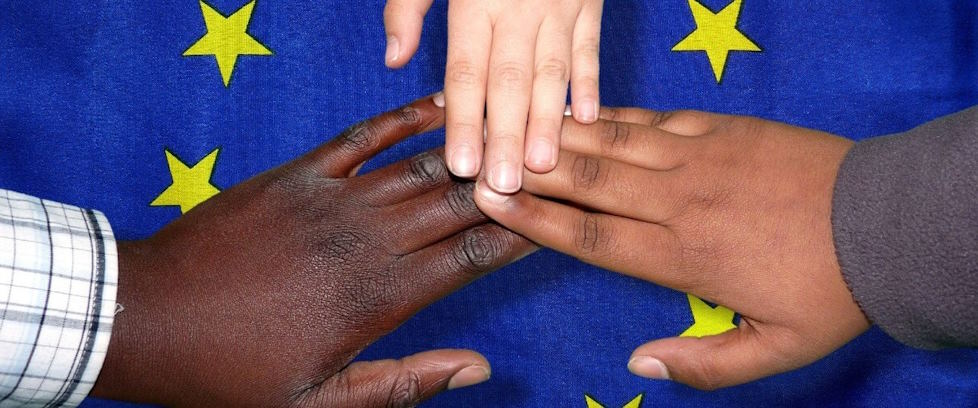The political landscape in Europe is undergoing significant transformations, presenting challenges and opportunities for the continent. From shifts in political ideologies to the rise of populist movements, Europe finds itself at a crossroads where the region’s future direction is being shaped. Understanding the current political landscape is crucial for comprehending the dynamics and potential impacts on various aspects of European society. Here are some key factors and trends shaping the political landscape in Europe today.
Populism and Euroscepticism
One prominent feature of the current political landscape in Europe is the rise of populism and Euroscepticism. Populist movements, often characterized by nationalist rhetoric, have gained momentum in several countries. These movements challenge established political parties and advocate for a more nationalist agenda, often expressing skepticism towards the European Union and its institutions. The Brexit vote in the United Kingdom and the subsequent negotiations have further highlighted these sentiments.
Fragmented Party Systems
Many European countries have experienced a fragmentation of their traditional party systems. New political parties and movements have emerged, challenging the dominance of established parties. It has led to more complex political landscapes, with coalitions becoming increasingly necessary to form governments. The rise of smaller, niche parties has also influenced policy agendas and decision-making processes.

Immigration and Integration
The issue of immigration and its impact on European societies continues to be a key driver of political debates. The influx of refugees and migrants in recent years has prompted discussions about border control, national identity, multiculturalism, and social cohesion. Different approaches and opinions on immigration policies have contributed to political polarization and have become defining factors in electoral campaigns.
Economic Challenges
The economic challenges several European countries face, particularly in the aftermath of the global financial crisis and the ongoing COVID-19 pandemic, have shaped the political landscape. High unemployment, austerity measures, and income inequality have fueled discontent and frustration among citizens. Political parties and movements have responded with various economic platforms, seeking to address these concerns and offer alternative solutions.
Climate Change and Sustainability
The growing recognition of climate change and the need for sustainability have also influenced the political landscape in Europe. Environmental concerns have gained prominence, leading to the emergence of green parties and the integration of climate policies into mainstream political agendas. The European Union’s ambitious climate targets and the increasing importance of environmental issues are shaping political discourse and policies across the continent.

Rise of Digital Politics
The impact of digital technologies on politics and governance is another significant aspect of the current political landscape. Social media platforms and digital communication tools have transformed political campaigns, public discourse, and the dissemination of information. Political actors leverage these tools to engage citizens, shape public opinion, and mobilize support.
Challenges to European Integration
While European integration remains a fundamental goal for many European countries, the political landscape also reflects challenges to this process. Brexit and debates surrounding sovereignty, the distribution of power, and the role of the EU institutions have highlighted divisions and differing visions for the future of European integration. Balancing national interests with the objectives of a united Europe continues to be a complex task.


